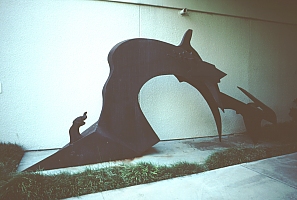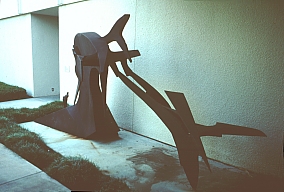
Self Portrait
c. 1923-26Although Johnson was the son of an African American woman and a white man, he was raised by his mother and an African American step-father. The family was poor but Johnson did finally receive professional art training at the National Academy of Design, where he won many prizes, one of which enabled him to study in Paris. He graduated in 1926.
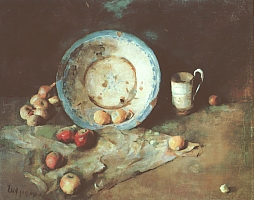
Still Life
c. 1923-26Like the preceding, this painting was done in college.
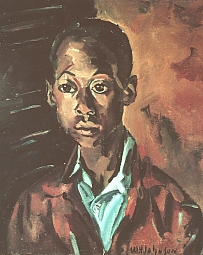
Jim
1930After spending several years in Europe after college, Johnson returned to South Carolina to see his family. Jim is his 16 year old brother.
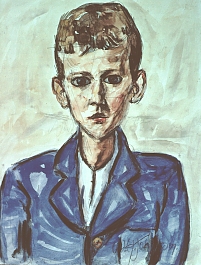
Young Dane
c. 1931-32watercolor and pencil
In 1930 Johnson married a Danish weaver, Holcha Krake, and established residence in Denmark. His paintings there were primarily landscapes.
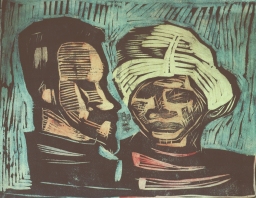
Willie and Holcha
c. 1935hand-colored woodcut
In 1932 the couple traveled to Africa. This double portrait has parallels with African sculpture.
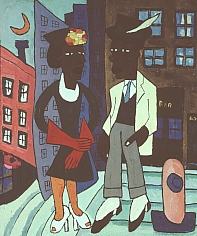
Street life--Harlem
c. 1939-40This stylishly dressed couple (the man has on spats, the woman, gloves) tell us that Harlem is an exciting, sophisticated "city."
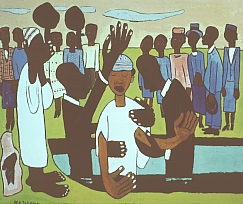
I Baptize Thee
c. 1940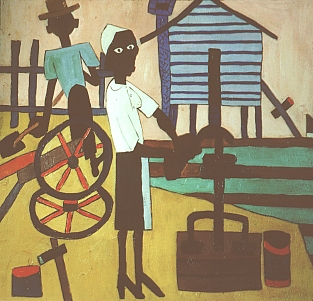
Farm Couple at Work
c. 1940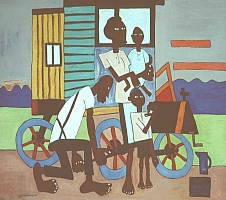
Breakdown with Flat Tire
c. 1940-41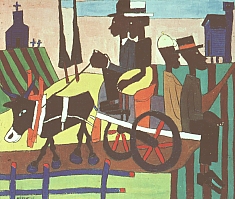
Going to Church
c. 1940-41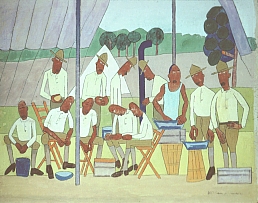
K. P.
c. 1942tempera, pen, ink, pencil
Demeaning chores in the military were often assigned to African Americans.
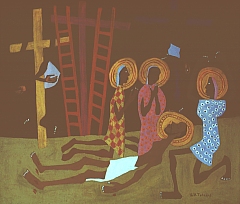
Lamentation
c. 1939Johnson's wife Holcha died in 1944. Many of his paintings after her death depict Afrocentric versions of Christ's Passion. Note the raised arm of Mary--a spiritual gesture related to Black religious experience.
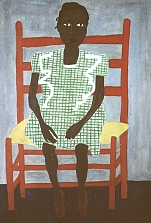
Little Girl in Green
1944This is one of Johnson's last paintings. He was committed to a mental institution where he remained until his death in 1970
Richard Hunt (born 1935)
Extended Forms1975
